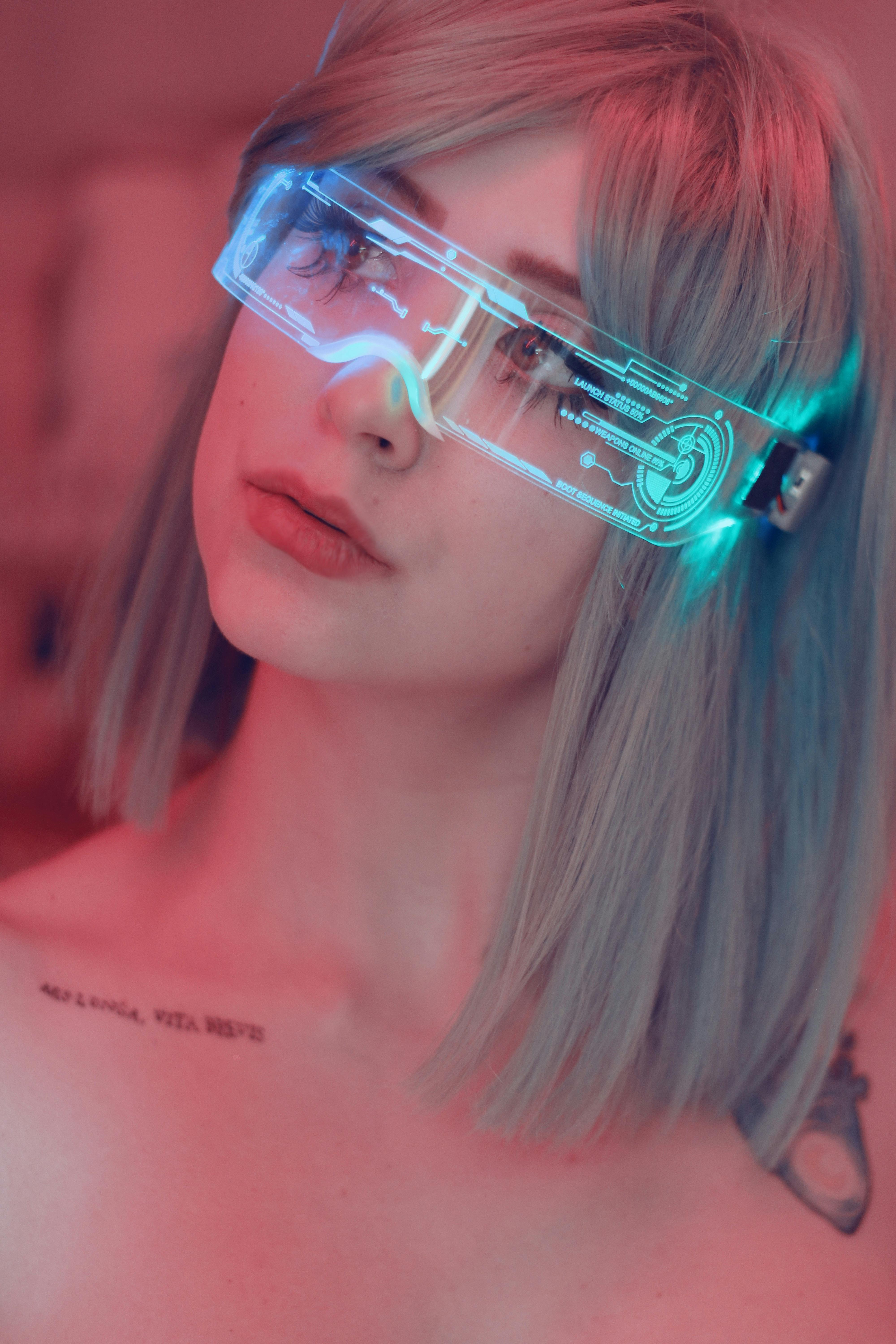H&M is making waves in the fashion industry with its innovative use of AI-generated digital twin models This isn't just another marketing gimmick it's a significant step towards a more sustainable and efficient future for fashion Let's delve into the technology and implications of H&M's digital twin revolution
The Technology Behind H&M's Digital Twins
H&M leverages advanced AI and machine learning to create incredibly realistic digital models These aren't simple CGI creations The process likely involves detailed 3D scanning of real models capturing minute details of their features and movements AI algorithms then refine these scans to create highly versatile virtual models capable of posing and expressing a range of emotions for diverse marketing needs This allows H&M to significantly reduce its reliance on traditional photoshoot and videography which have considerable environmental and cost implications
Impact on the Fashion Industry and Sustainability
H&M's adoption of AI digital twins has vast implications for the fashion industry It opens avenues for more diverse representation in campaigns reducing the constraints of geographical limitations and traditional model casting processes It promises to promote a more sustainable fashion industry by reducing the environmental impact associated with physical photoshoots travel and material waste Moreover this technology could significantly reduce the cost of creating marketing materials making campaigns more efficient for brands of all sizes
The Future of Virtual Fashion Modeling
H&M's initiative is a glimpse into the future of fashion We're likely to see a rise in AI-generated models across brands as the technology matures and becomes more accessible This could lead to more inclusive campaigns a reduced environmental footprint in fashion and potentially even a shift towards virtual fashion shows and experiences in the metaverse It will also be interesting to see how this technology evolves to allow for even greater levels of customization and personalization in the way virtual models are utilized






